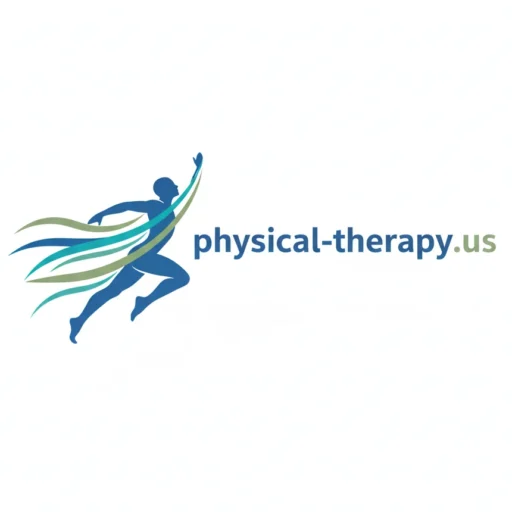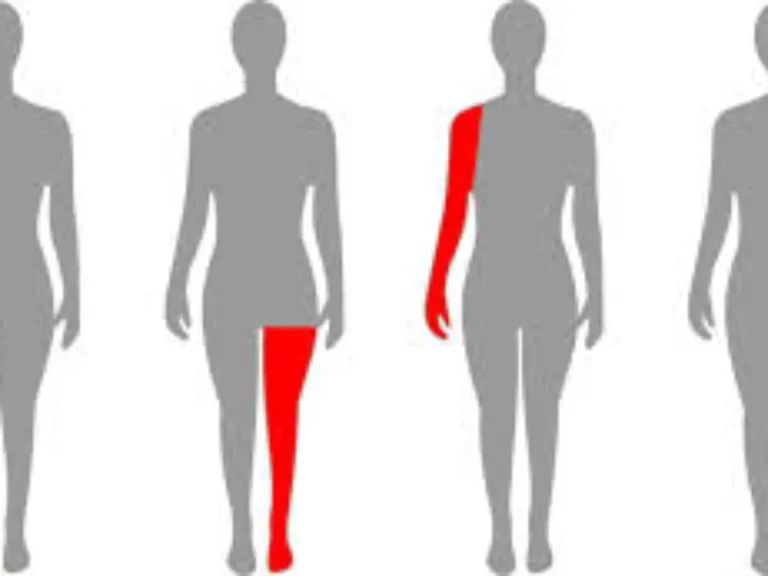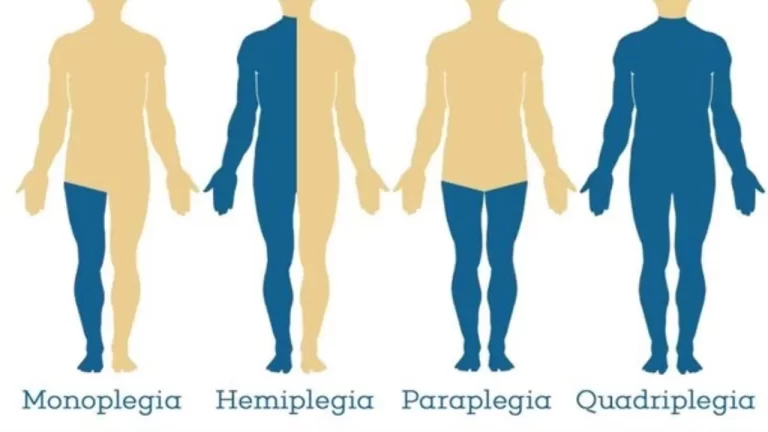Monoplegia
Monoplegia is a kind of paralysis that occurs in only one limb. Monoplegia is generally always caused by cerebral palsy, however a few other medical problems can also cause it. Because monoplegia is rare, it is still little understood, and research into optimal medications, illness progression, and best practices for supporting patients is still in…



